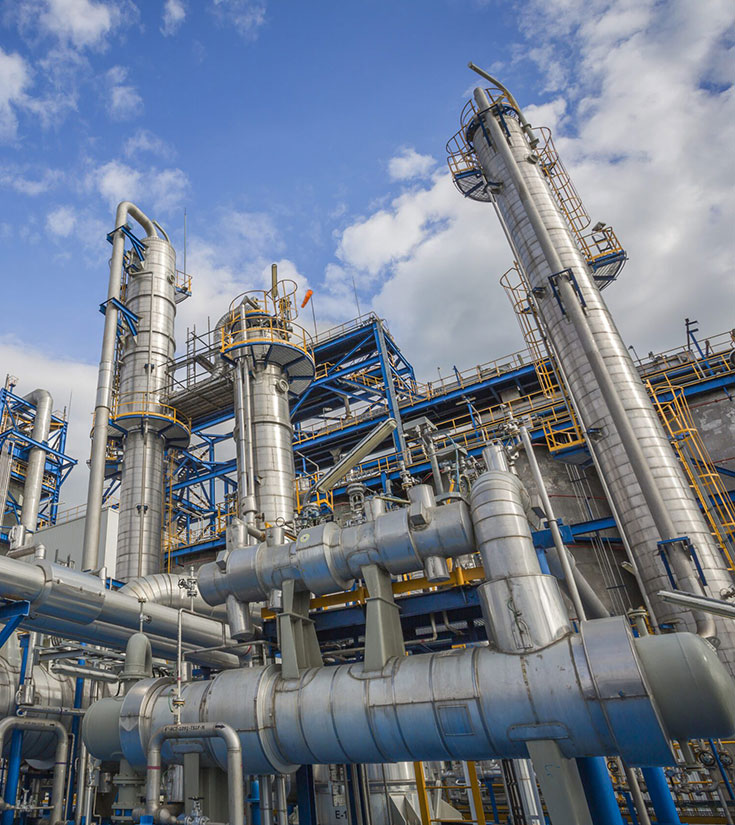India’s steel industry has rapidly evolved into one of the largest and most competitive sectors in the global market. This growth is driven not only by increased demand for steel but also by the capabilities of steel plant equipment manufacturers in India. These manufacturers supply the machinery and systems needed to produce high-quality steel for domestic and international markets. A significant factor enabling their success is the adoption of advanced fabrication equipment solutions, which improve production efficiency, precision, and overall product quality.
In this article, we explore how fabrication technology is revolutionizing steel plant equipment manufacturing in India, from design to final delivery.
The Role of Steel Plant Equipment Manufacturers in India
Backbone of the Steel Industry
Steel plants depend on specialized equipment for every stage of production, including:
-
Blast furnaces and converters
-
Continuous casting machines
-
Rolling mills and finishing lines
-
Material handling systems
-
Cooling beds and conveyors
Without these systems, large-scale steel production would be impossible.
Meeting Global Standards
As India’s steel exports increase, manufacturers must comply with stringent international quality and safety standards. This means equipment must be durable, precise, and capable of handling heavy operational loads.
Understanding Fabrication Equipment Solutions
Definition
Fabrication equipment solutions include the machinery, tools, and automated systems used to cut, bend, weld, assemble, and finish metal parts. In steel plant equipment manufacturing, these solutions enable large-scale, high-precision production.
Examples in Use
-
CNC laser and plasma cutting machines
-
Hydraulic press brakes and shearing machines
-
Plate rolling and bending machines
-
Robotic welding systems
-
Automated painting and surface finishing units
Why They Are Essential
Without advanced fabrication capabilities, manufacturers would face slower production times, inconsistent quality, and higher operational costs.
The Fabrication Process for Steel Plant Equipment
1. Design and Engineering
Every project begins with detailed engineering plans created using CAD (Computer-Aided Design) and CAM (Computer-Aided Manufacturing) software. This ensures that all parts meet functional requirements and quality specifications.
2. Material Selection
High-grade steel alloys are chosen based on strength, corrosion resistance, and heat tolerance. The type of steel depends on the operational environment of the equipment.
3. Cutting and Shaping
Modern cutting techniques such as laser, plasma, and water jet cutting achieve precise dimensions, which is crucial for large steel plant components.
4. Forming and Rolling
Hydraulic rolling machines and press brakes shape the steel into desired forms, ensuring accurate alignment for assembly.
5. Welding and Assembly
Automated welding systems ensure consistent weld penetration and strength, while skilled welders handle intricate or custom joins.
6. Heat Treatment
Post-welding heat treatment relieves stress and enhances the durability of steel components.
7. Surface Finishing
Processes like shot blasting, painting, galvanizing, and powder coating protect against corrosion and wear.
8. Inspection and Quality Testing
Non-destructive testing (NDT) techniques, including ultrasonic, magnetic particle, and radiographic inspections, ensure components meet safety standards.
Technologies Driving the Transformation
CNC Machining
CNC (Computer Numerical Control) technology automates precision machining, enabling exact cuts and consistent shapes, even in large-scale production.
Robotic Welding and Automation
Robots improve production speed, reduce human error, and increase workplace safety.
AI and Predictive Analytics
AI-powered systems analyze production data to identify inefficiencies, predict equipment maintenance needs, and enhance process control.
Automated Quality Control
Laser scanning and digital measurement systems verify part dimensions and surface quality in real time.
Benefits of Advanced Fabrication Equipment for Indian Manufacturers
Increased Production Efficiency
Automation shortens production cycles, allowing manufacturers to meet tight project deadlines.
Enhanced Product Quality
Precision tools ensure consistent dimensions, strong welds, and smooth finishes.
Reduced Costs
Efficient material usage and lower labor requirements reduce manufacturing expenses over time.
Better Compliance
Automated systems help ensure that every product meets Indian and international safety standards.
Challenges Faced by Manufacturers
Infrastructure Limitations
Some manufacturing units struggle with space constraints and outdated facilities.
Skilled Workforce Shortage
While automation reduces dependence on manual labor, skilled technicians are still essential for operation and maintenance.
Raw Material Price Volatility
Steel price fluctuations can affect project budgets and timelines.
Maintaining Global Competitiveness
Manufacturers must continuously invest in modern technology to remain competitive against international players.
The Future of Fabrication in Indian Steel Plant Equipment Manufacturing
Digital Twin Technology
This innovation allows virtual simulation of equipment performance, identifying potential issues before manufacturing begins.
Sustainable Manufacturing
Eco-friendly practices, including recycling scrap steel and using energy-efficient machinery, are becoming industry priorities.
3D Metal Printing
Though still emerging for large-scale manufacturing, 3D printing could enable complex designs with reduced material waste.
Smart Manufacturing with IoT
Internet of Things (IoT) integration enables real-time monitoring of equipment health, optimizing performance and minimizing downtime.
Conclusion
The integration of advanced fabrication equipment solutions has significantly enhanced the capabilities of steel plant equipment manufacturers in India. From automated cutting and welding to AI-powered quality control, these technologies are helping Indian manufacturers produce high-quality, durable, and efficient equipment that meets global standards. As the steel industry continues to grow, embracing innovation and sustainable manufacturing practices will be essential for maintaining a competitive edge on the world stage.



